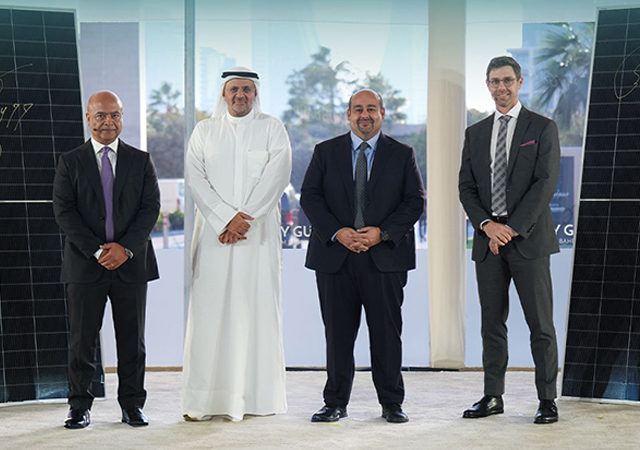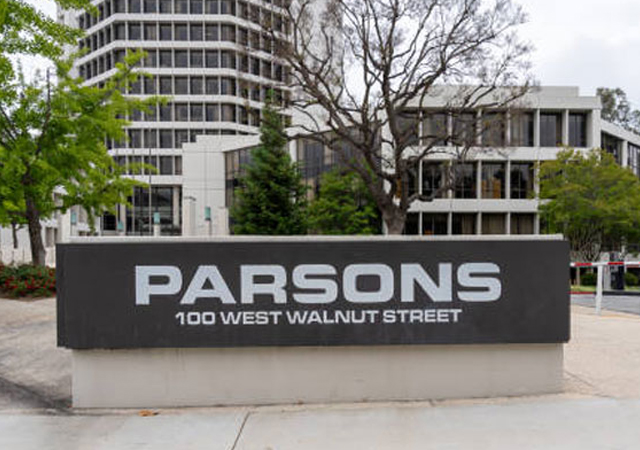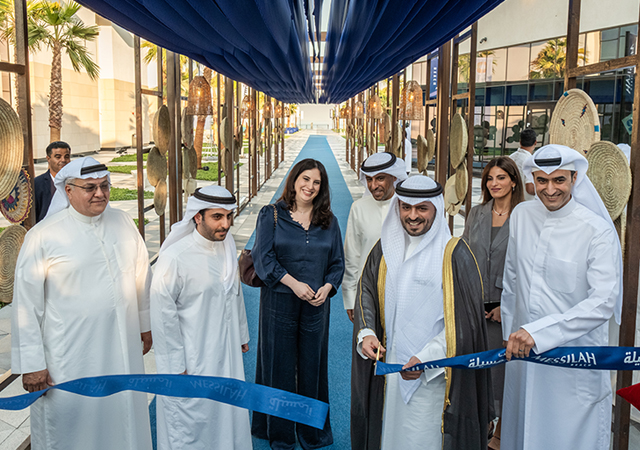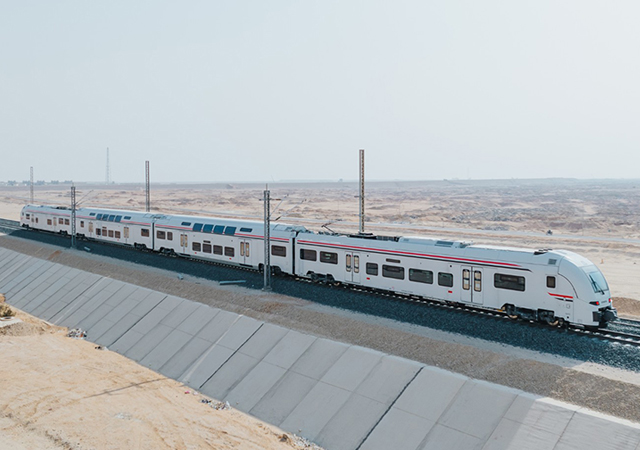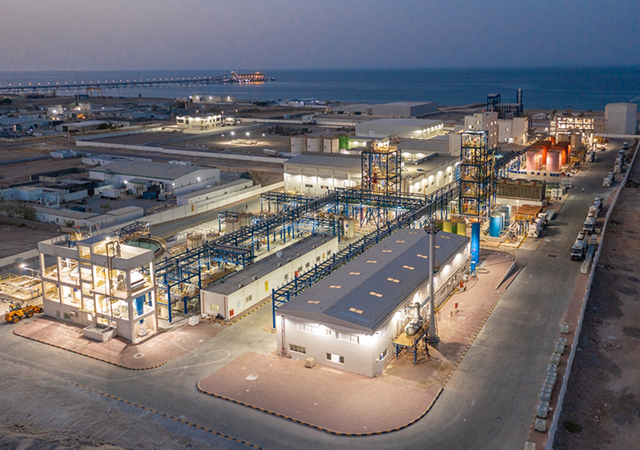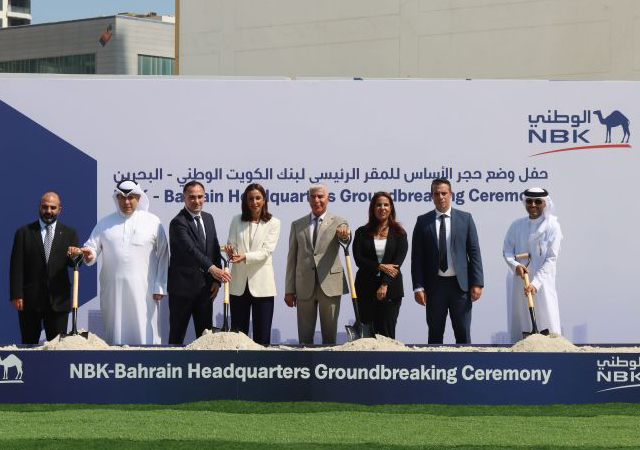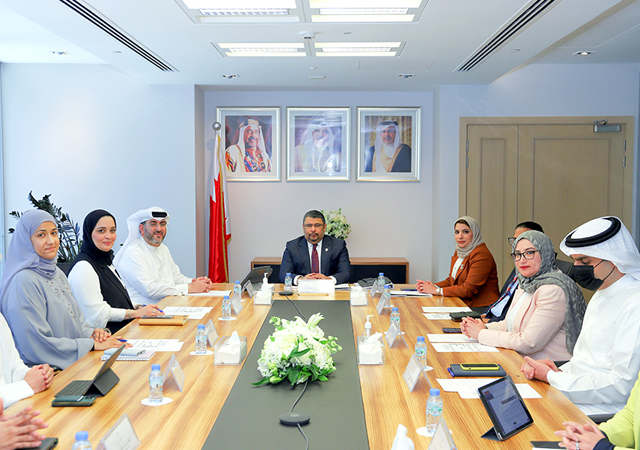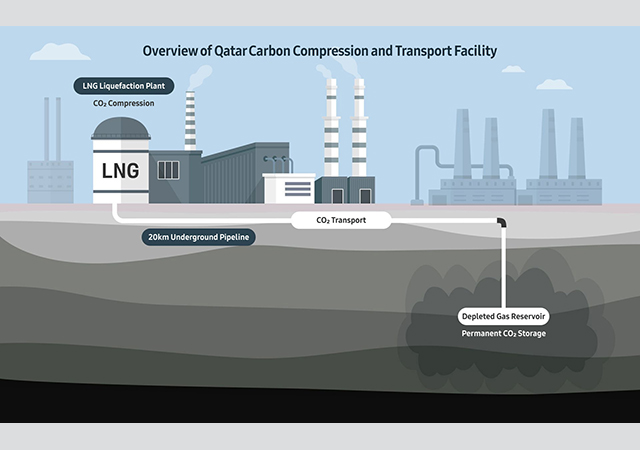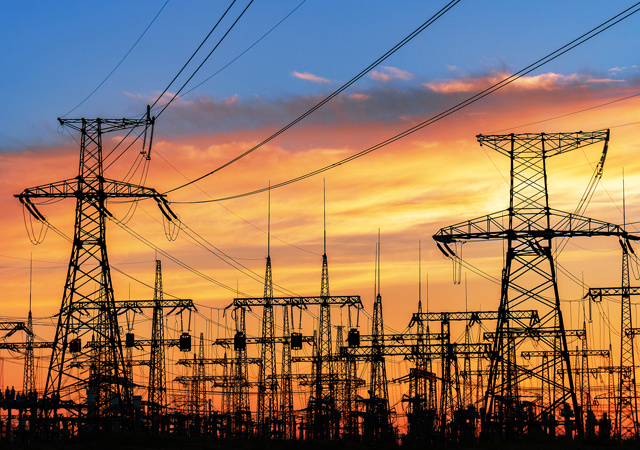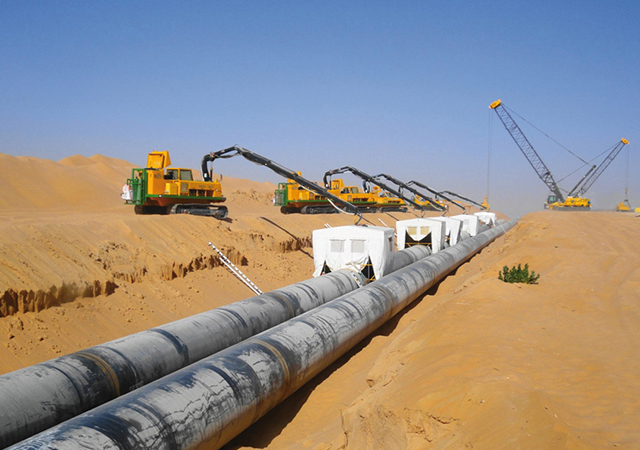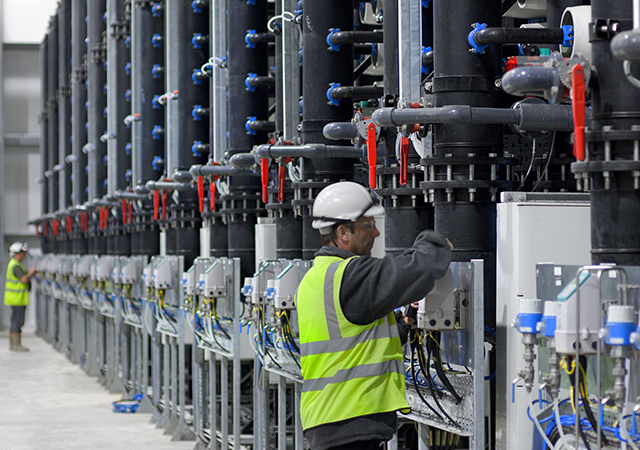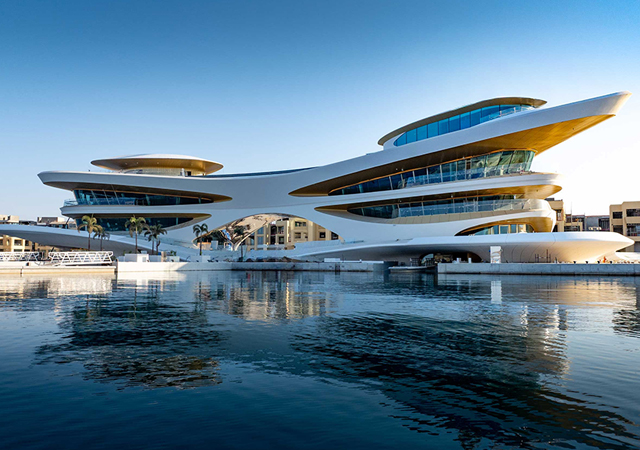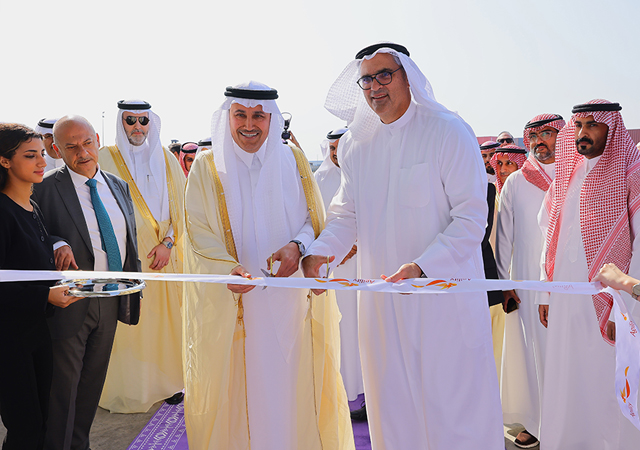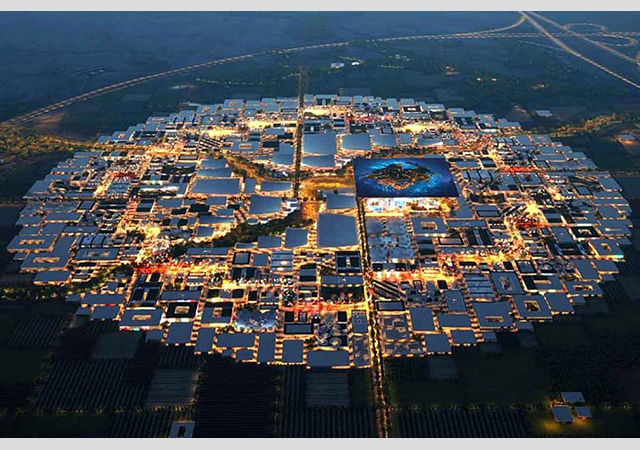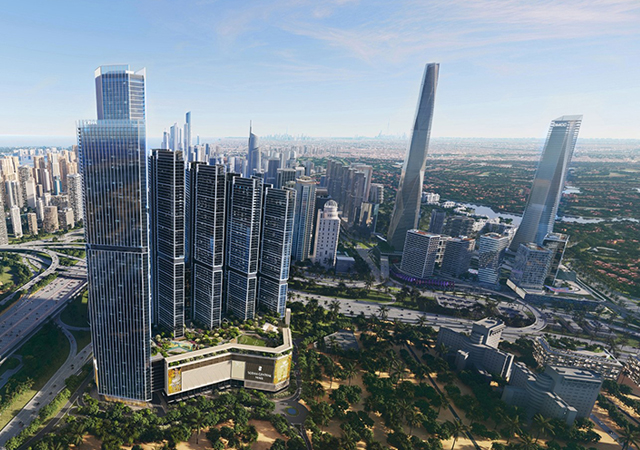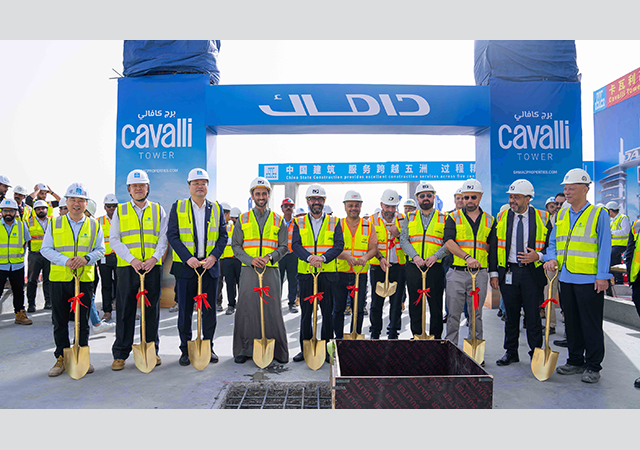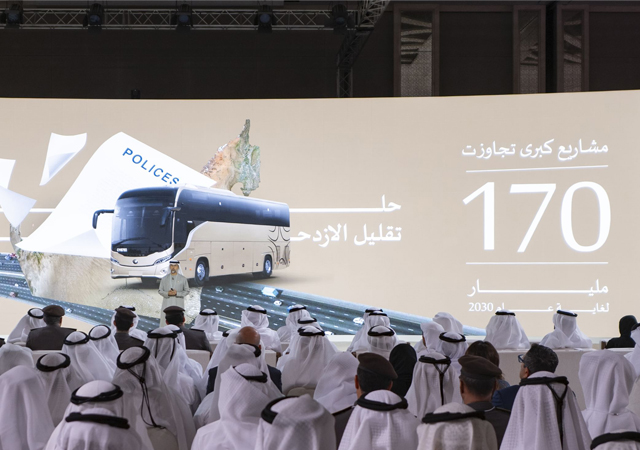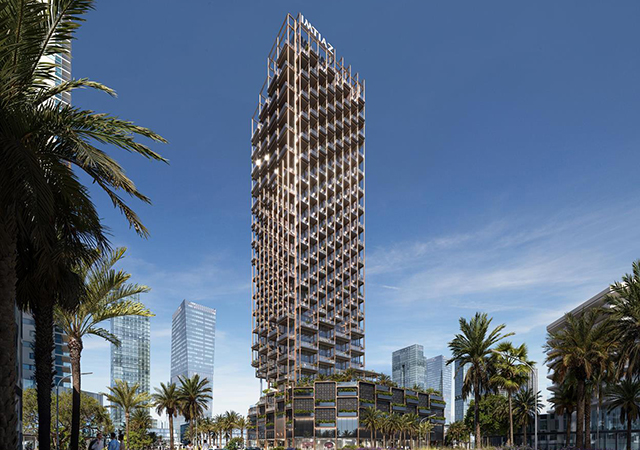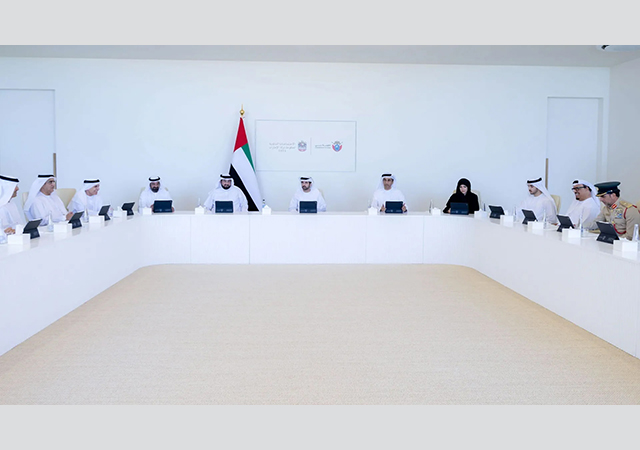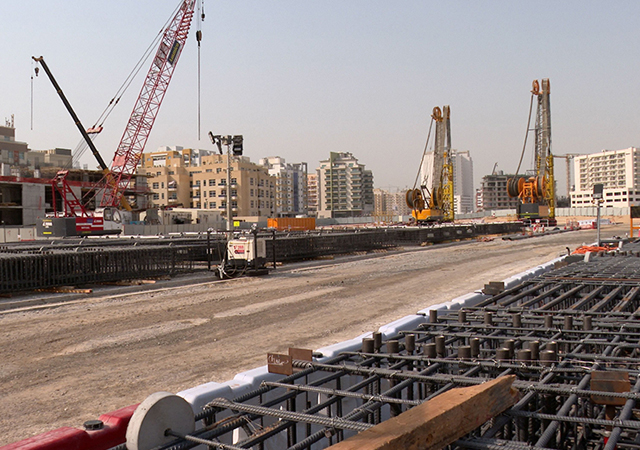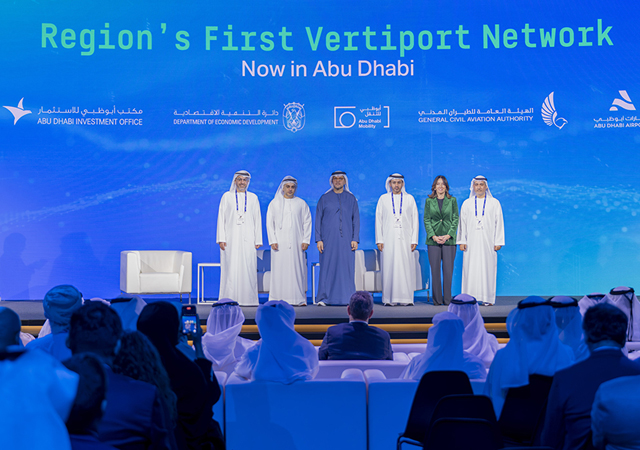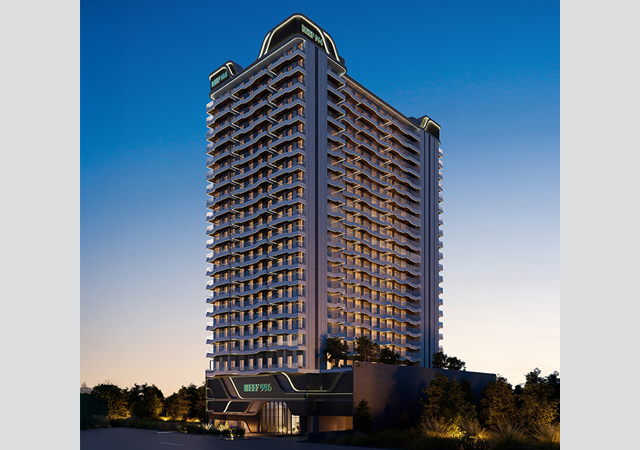 An artist;s impression of the Uretek polymer injection method.
An artist;s impression of the Uretek polymer injection method.
ONE of the world’s fastest and least disruptive methods of ground strengthening is set to be launched on the Gulf construction market. The Uretek polymer injection systems, which involve the injection of aggressively-expanding specialised polymer resins beneath roads, floors, airport runways and industrial units, are expected to gain ground in the region as they consolidate the ground and provide immediate lift where necessary.
“Writing a new chapter in geotechnical engineering as an alternative to piling and underpinning, the innovative approach avoids slab breakout and replacement with its attendant disruptions and delays,” says a spokesman for Uretek. “Factories, warehouses and commercial premises can usually continue to operate normally while work using Uretek is carried out, offering huge cost savings and reducing repair time from months to weeks or even days. Roads and runways can be strengthened and stabilised within hours, and remain fully useable at peak times. And although quick to apply, repairs are durable as the polymers have a design life of 120 years.”
Uretek’s slab-lifting process is highly accurate and controllable, achieving the required levelling up to +/-0.5 mm, he says.
Elaborating on how Uretek solves the problems of slab-settlement, the spokesman says: “Settlement of slabs is most often associated with the presence of poor compacted or inappropriately classified fill material. Ground slabs are designed to distribute loads to the immediate sub-base and fill. If the soils are poorly compacted, they will consolidate under the realisation of any design loading upon the slab. Uretek’s slab-lifting method acts directly on the subsoils by filling any voids and re-compacting the more superficial layers of fill. Finally, via the highly expansive and controlled nature of the resin injections, it will apply thrust to the underside of the flooring, lifting the floor to the original or desired level.”
Polymer resins and a catalyst are injected in a liquid state through holes of 15 to 20 mm diameter drilled through the slab. The material immediately expands to up to 30 times its original volume, filling voids and consolidating the ground, the spokesman explains.
He continues: “It is possible to restrict the treatment to consolidation of the sub-base only, but if required, further injections will provide a lift in an upward direction to gradually and gently lift the slab, a process carefully monitored by laser level.
“The treatment can usually be applied without removing fixtures or machinery and allows each area to be treated in a very precise way, avoiding the interruption of commercial activity on the site as a whole. Treated areas can return to normal use within 15 minutes of the injection process being completed.
“The deep injection process enables the strengthening process to be applied at further depth, typically reaching 6 to 7 m bgl (below ground level). Unlike cementitious products, the material does not add significant weight to what is usually already poorly consolidated ground.”
The Uretek floor and slab lifting process provides a fast, accurate and cost-effective remedial solution for stabilising and where possible re-levelling sunken concrete slabs. Applications range from domestic repairs to large industrial and commercial projects, roads and airport runways.
Uretek processes, invented in Finland in 1980, provide suitable solutions for improving earthworks, soil compaction, and preventing or correcting the rotation of structures.
Another recent innovative development from the company is the Uretek PowerPile system, where geotextile tubes are inserted through very small holes – around 35 mm in diameter – and then inflated with Uretek resin to diameters of around 330 mm.
“When inserted at close centres, the PowerPiles provide up to 600 per cent increase in bearing pressure in surrounding ground and are a useful tool for remedial work in a wide range of circumstances,” he says.
They can be utilised as an alternative to traditional piles in remedial projects and have very effective load transfer characteristics, with working load of up to 150 kN per pile.
Uretek methods are now used in more than 40 countries worldwide, including the US, Australia, France, Italy and China and the company is now keenly eyeing prospects in the Gulf region, which offers great potential for business, according to Uretek UK.
Says Uretek UK’s geotechnical manager Stephen Cooper: “Having established contacts in the Gulf and received enquiries relating to subsidence and the improvement of earthworks, we’re looking forward to assisting on a number of prestigious projects. The civil engineering boom that has taken place in the Gulf has inevitably created some requirement for remedial measures. This is probably the most dynamic construction environment in the world today, and nobody will want remediation to be time-consuming or disruptive. This makes it highly likely that there will be an increasing role for the Uretek processes.”



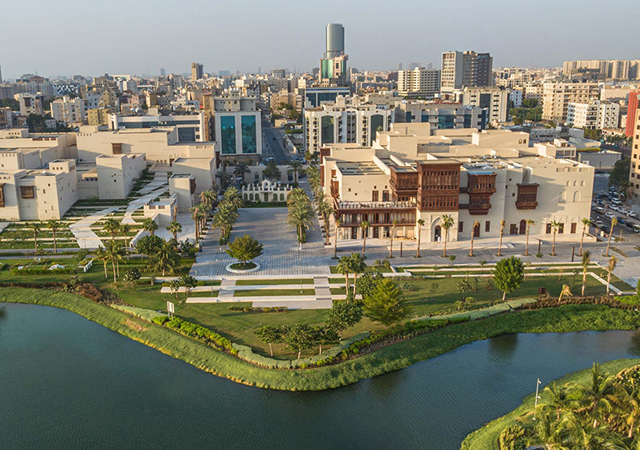
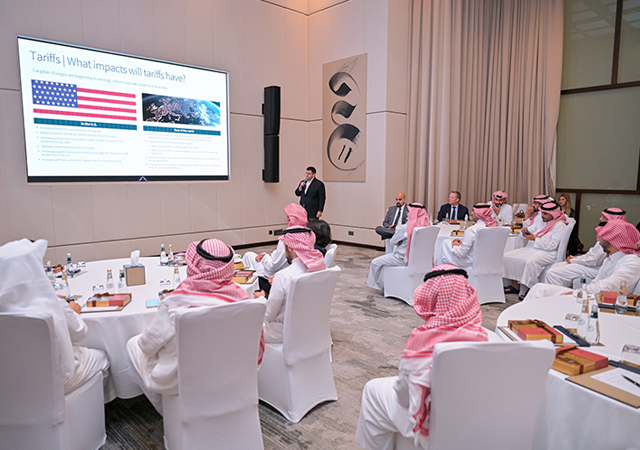

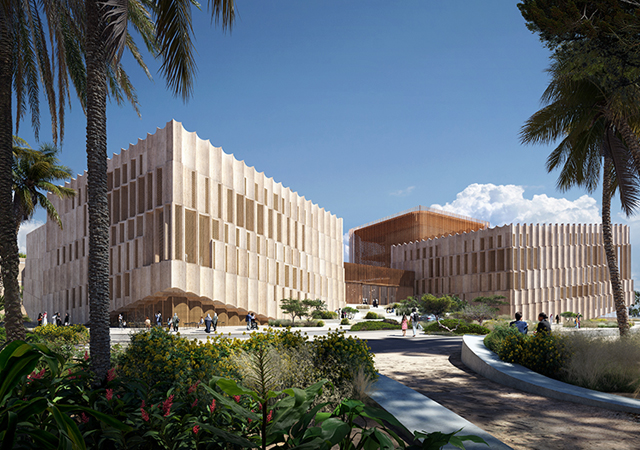

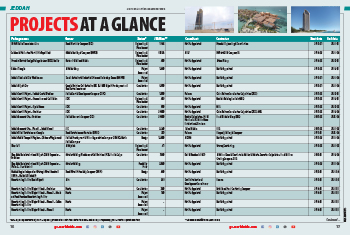
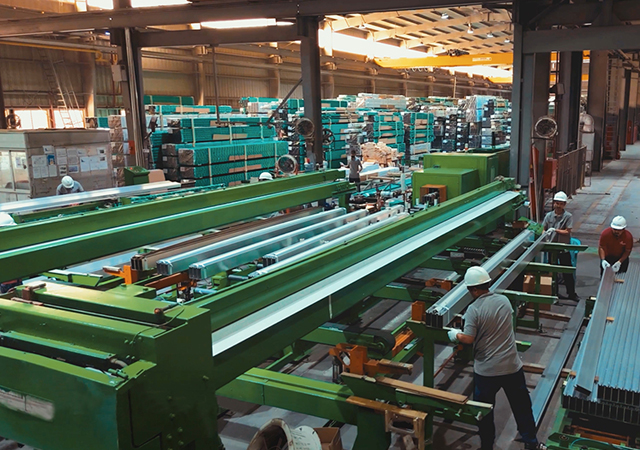

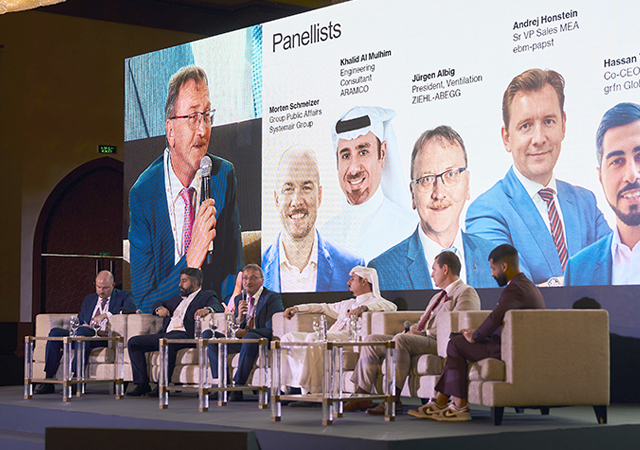

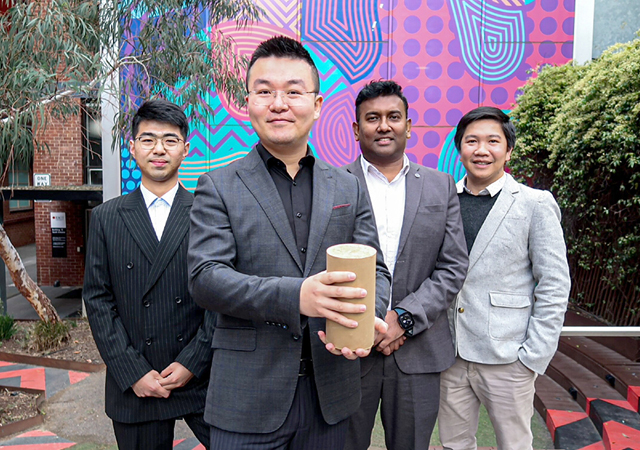
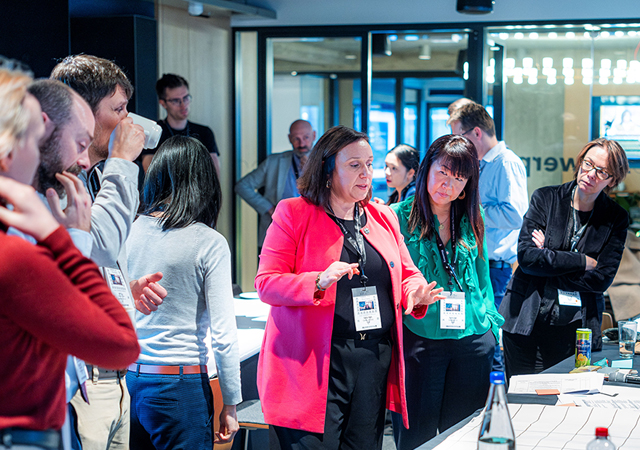
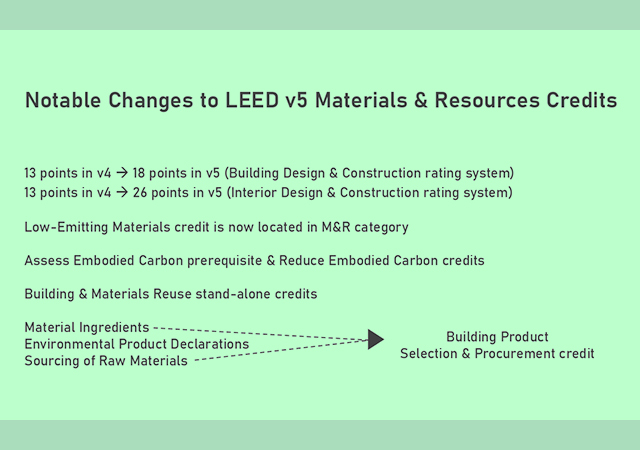
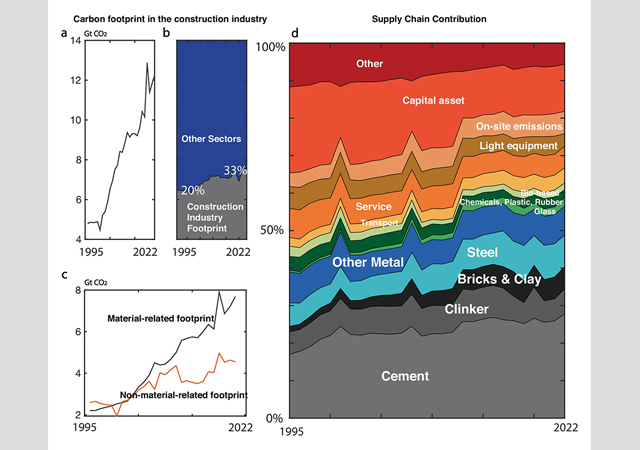
.jpg)
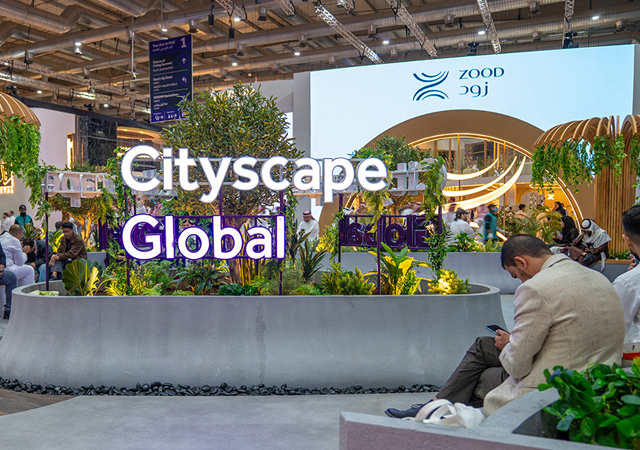
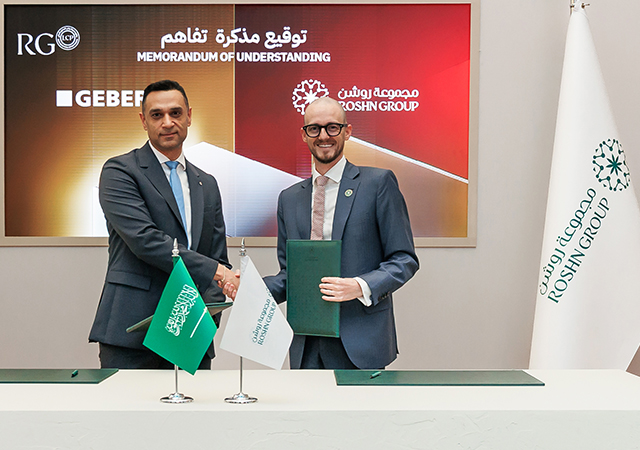

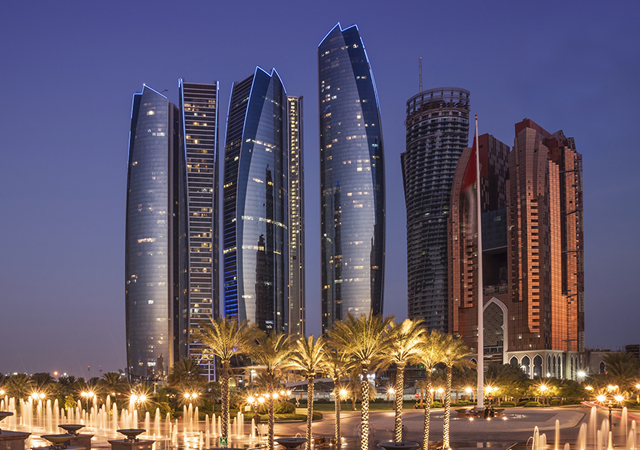








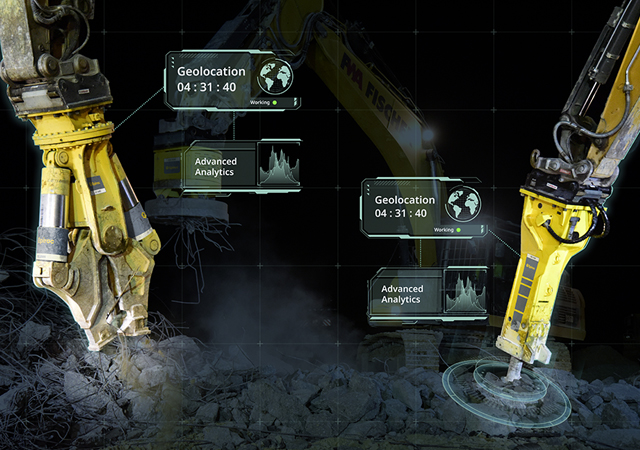
 (1).jpg)

